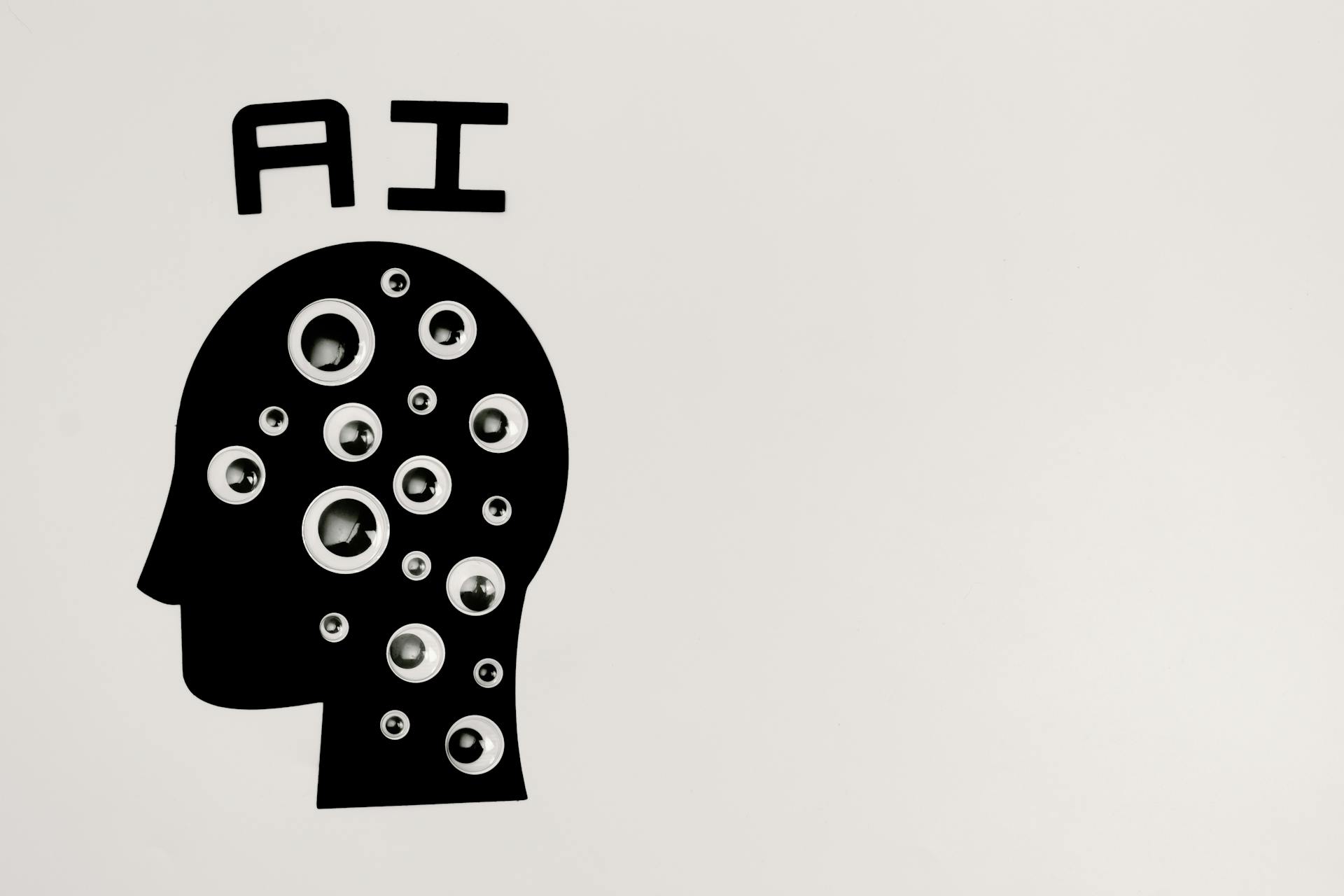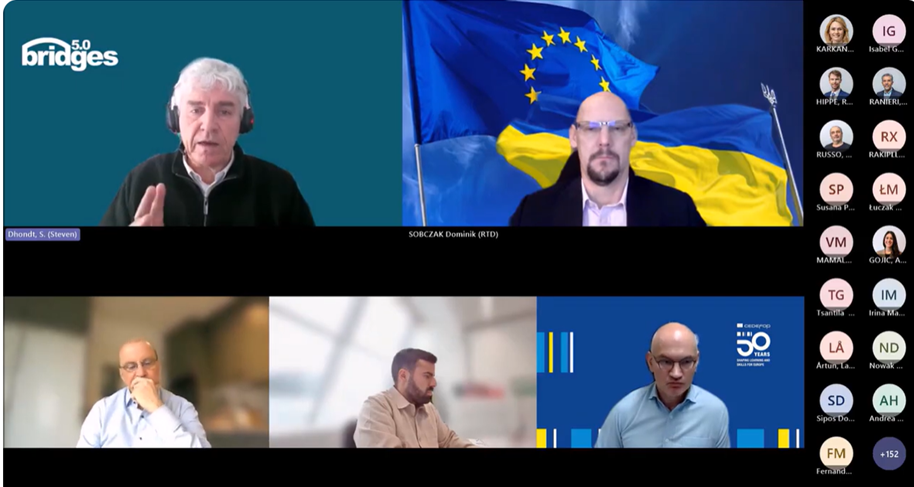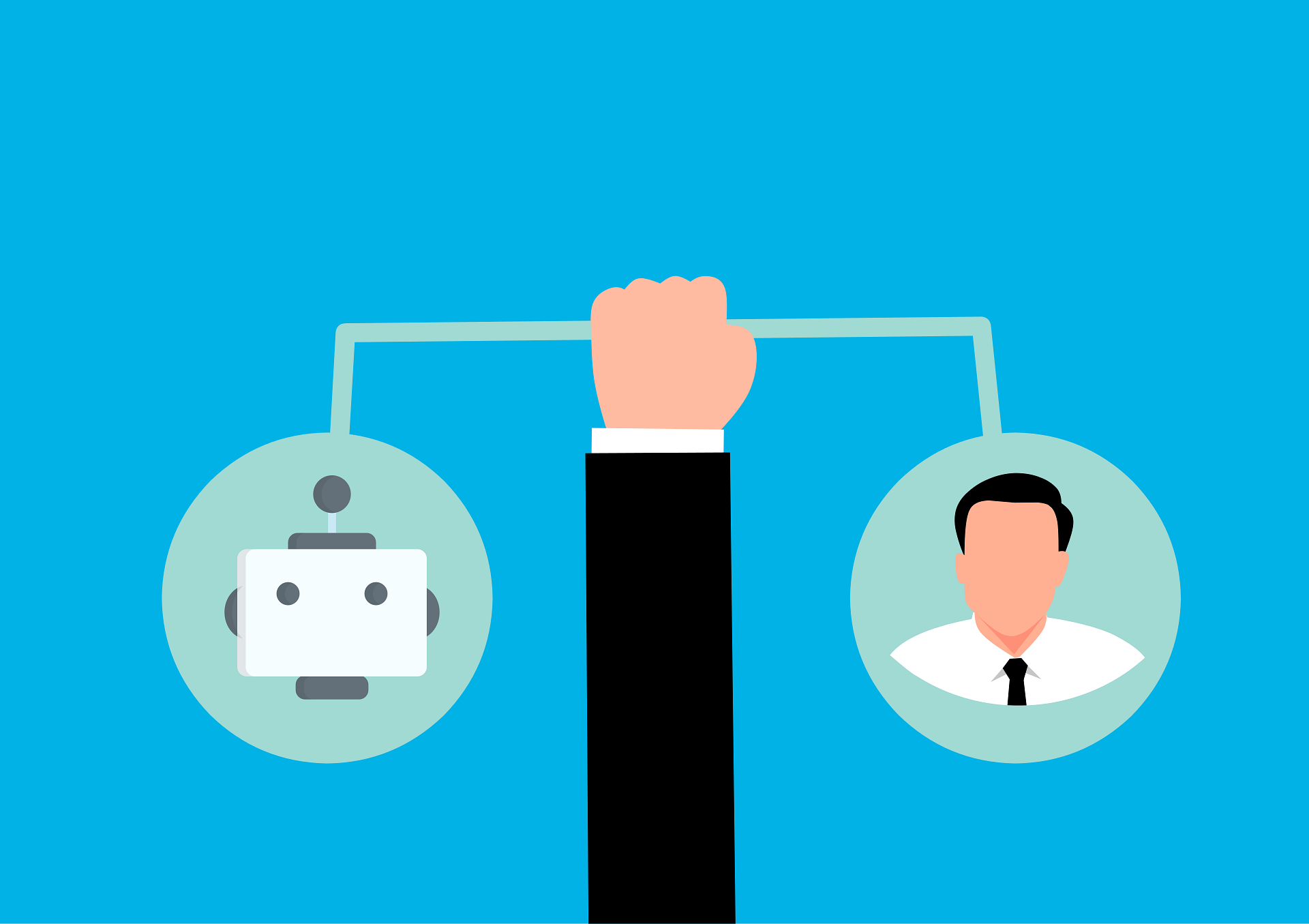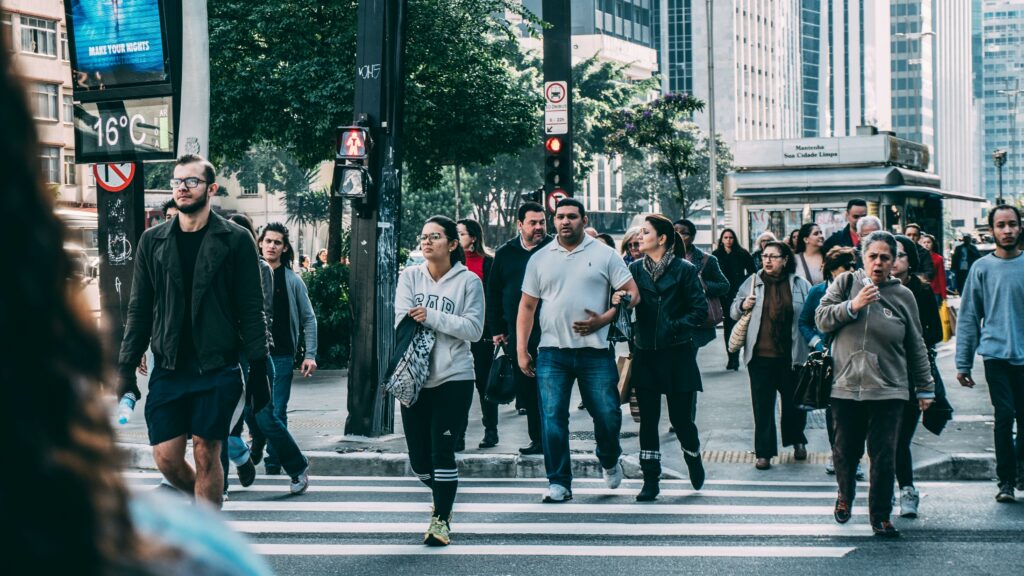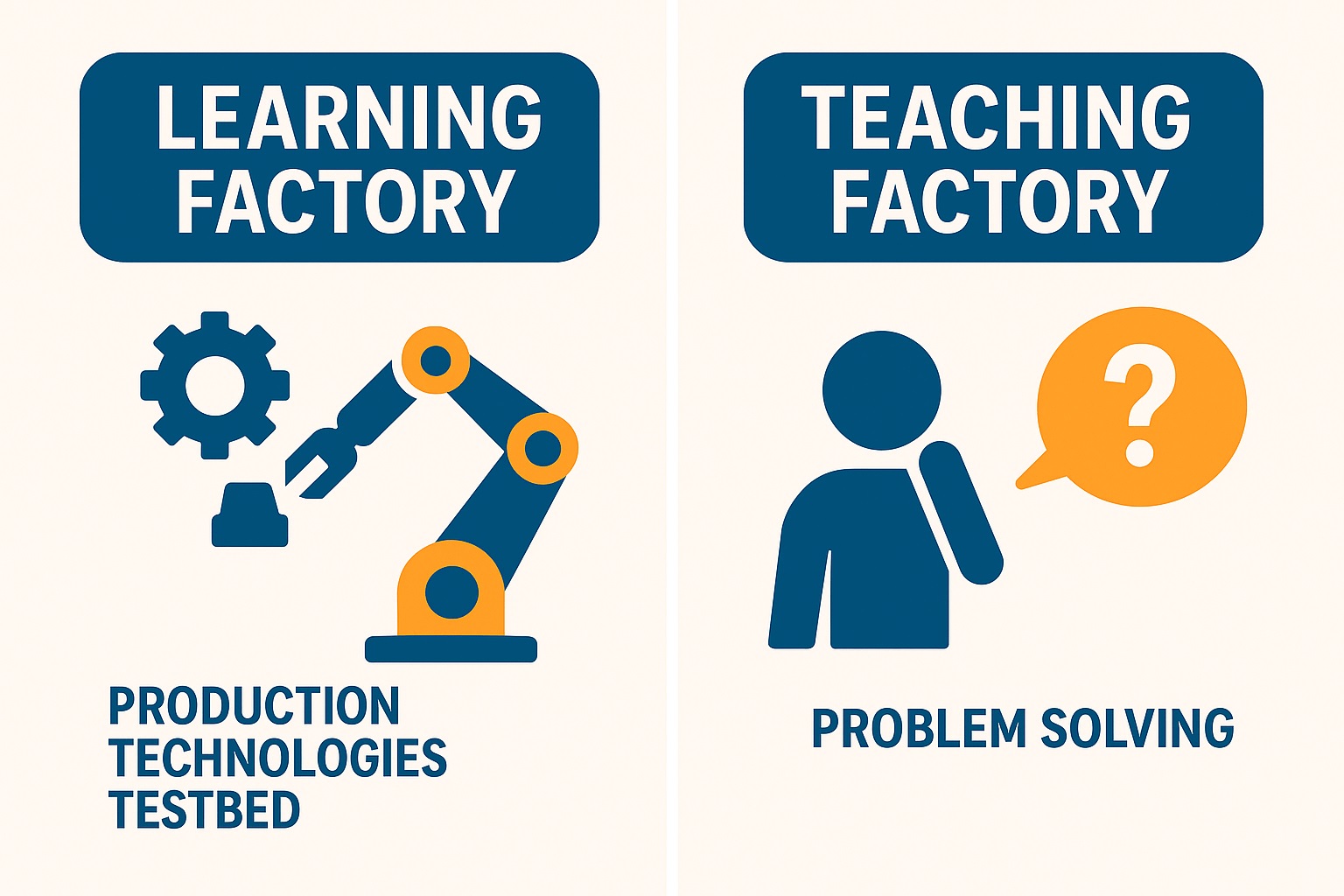
Note: report generated by AI.
In a recent webinar supported by Bridges 5.0, Tuomo presented a comprehensive overview of the twin transition, focusing on its implications for work and employment. The twin transition refers to the integration of digital and green transitions, aiming to address global challenges such as climate change and resource depletion through technological advancements.
Key Definitions and Concepts
- Green Transition: As defined by the Finnish Ministry of Environment, it involves shifting towards ecological sustainability in various sectors.
- Digital Transition: The comprehensive integration of digital information technologies into all activities.
- Twin Transition: The implementation of the green transition using opportunities provided by digital technologies for products, services, processes, and working environments.
Promises and Tensions
Tuomo highlighted the potential benefits of the twin transition at three levels:
- Society and Humanity: Solutions to promote ecological sustainability.
- Companies and Work Organisation: New business opportunities.
- Employees and Citizens: New jobs and improved job quality.
However, he also pointed out the inherent tensions and complexities, such as the energy consumption of new technologies and the uneven distribution of employment impacts across different industries and regions.
Policy and Organisational Levels
At the policy level, the digital transition is seen as a means to promote the twin transition, which is policy-driven. In contrast, at the organisational level, both transitions are strategies to achieve organisational objectives, often overlapping and proceeding at different rates.
Role of Technology
Tuomo emphasised that technology’s role in the twin transition depends on:
The purposes guiding its development.
- The organisations and individuals involved in its development.
- The regulations and standards governing its use.
Practical Implications
Tuomo provided examples of how digital solutions can promote the green transition, such as measuring and evaluating ecological sustainability and predicting demand for products and services to improve supply chain management.
Employment and Labour Policy Issues
The twin transition’s impact on employment is expected to be moderate overall but unevenly distributed. Key labour policy issues include safeguarding competence development, improving job quality, and ensuring fair distribution of transition benefits.
Future Research Directions
Tuomo called for proactive and visionary research to support the twin transition, emphasising the importance of spillover innovations and the need for open-minded approaches to new research activities.
Conclusion
Tuomo’s presentation underscored the twin transition’s significant social dimensions and its potential to impact all industries and occupations. He stressed that promoting the green transition requires more than just technological solutions; it calls for new mindsets, processes, and forms of cooperation between management and employees.
For more detailed insights, you can access the full publication here.
Related articles
December 8, 2025
December 8, 2025
November 25, 2025
October 14, 2025

